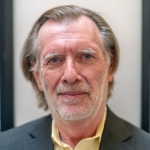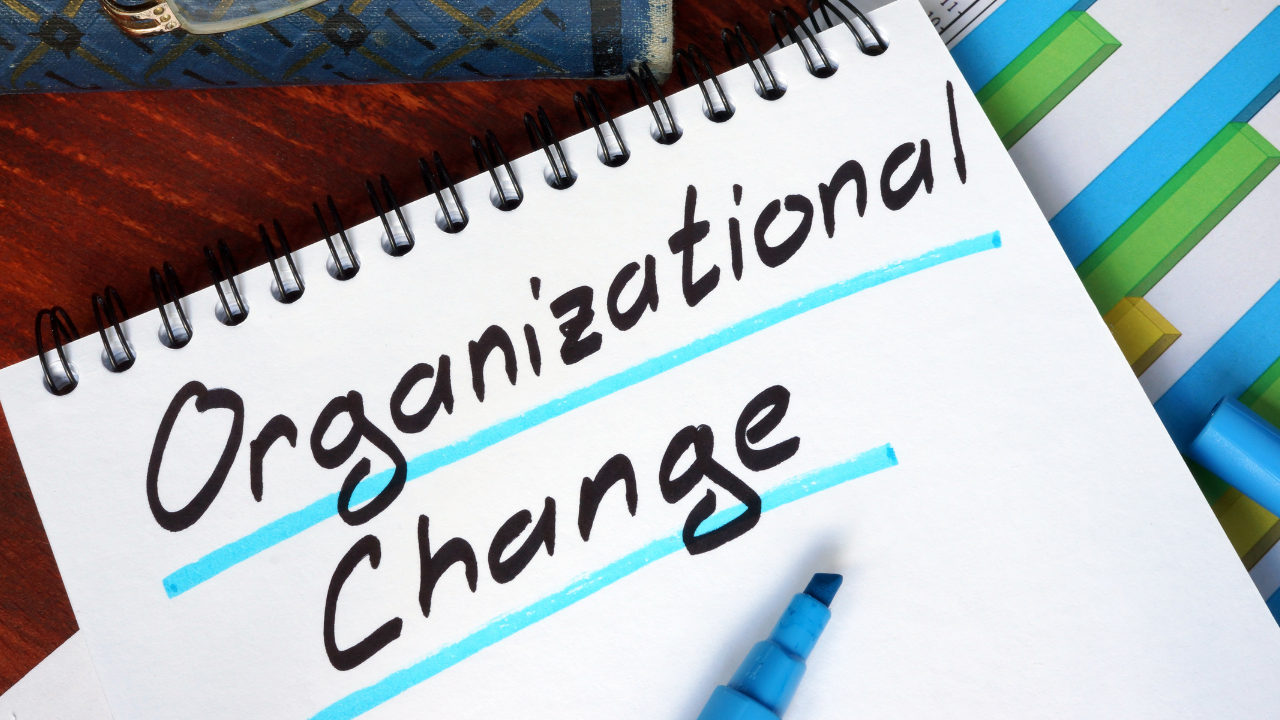We tend to play a responsive role in a dynamic environment. Leaders—whether in the C-suite or further down in the organization—determine the changes to be made, and then call on our support as change practitioners to help make them happen successfully. We may or may not be called on to monitor changes in the external environment in order to identify factors that will affect our execution plans…or the direction of the change itself.
Yet what is happening in the world around us, and how it is redefining the workplace, is critical to our ability to be successful. As one example, we develop multi-year execution plans for a workforce that is shifting dynamically, and dramatically. The Future of Work: The Augmented Workforce identifies Artificial Intelligence, robotics, and cognitive tools as fundamentally shaping the workforce, and emphasizes our organizations’ lack of preparedness for what they refer to as “new human models.”
How do these shifts in the workforce affect change execution? What is the impact on the effectiveness of our methodologies, our processes, and the counsel we give when a rapidly growing portion of the workforce consists of contract employees? Does the more transient nature of the workforce of the future make change easier, or more difficult, to execute? What responsibility, if any, do we have for bringing these issues to the fore with the leaders whom we support?

Brian Gorman is the Managing Editor of Change Management Review™. In this capacity he regularly curates articles of importance to our readership; contributes original writing; hosts podcasts; and works with guest authors.
For more than five decades Brian has been engaged in—and a student of—change at the personal, organizational, and societal levels. During this time, he has worked with both individuals and organizations (ranging from solo practitioners to Fortune 100 businesses), guiding them through a wide array of challenges. Decades of experience have given him a deep appreciation of the universal patterns that underlie successfully navigating even the most difficult changes.
In addition to his work as our Managing Editor, Brian is a transformation coach, supporting both individual and organizational change. Brian is committed to passing his “lessons learned” on to others, so that their change journeys can advance more smoothly. He is a frequent workshop facilitator and public speaker. Brian is the author of “The Hero and the Sherpa,” a chapter in the online Handbook of Personal and Organizational Transformation (Springer Publishing; Judi Neal, Editor). He also has an extensive library of blog posts, articles, and videos on the change journey, including “The Ten Most Important Lessons I Have Learned Over 50 Years of Engaging Change.”
Mr. Gorman’s formal education includes a BA in Cultural Anthropology from Syracuse University, an MA in Higher Education Administration from the University of Texas, San Antonio and an MA in Human Relations from the University of Oklahoma.
Brian is an International Coach Federation (ICF) certified coach, and is an active member in the New York City chapter. Brian is also a member of the Forbes Coaches Council and the Gay Coaches Alliance.









